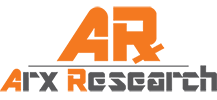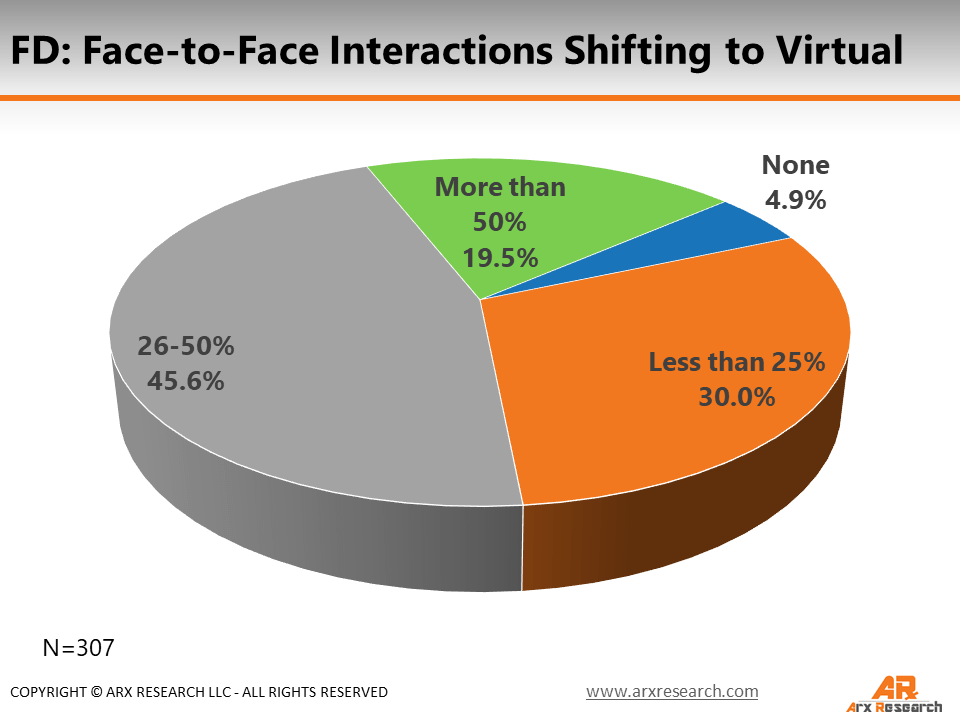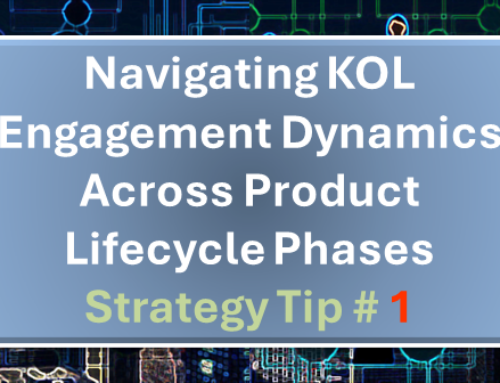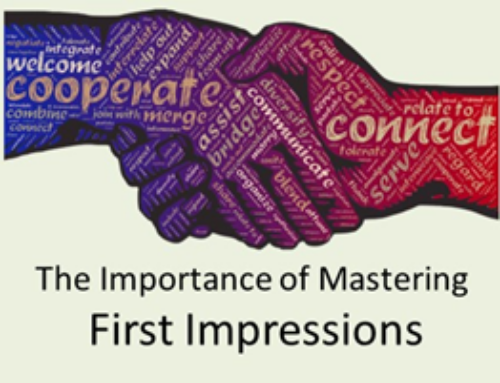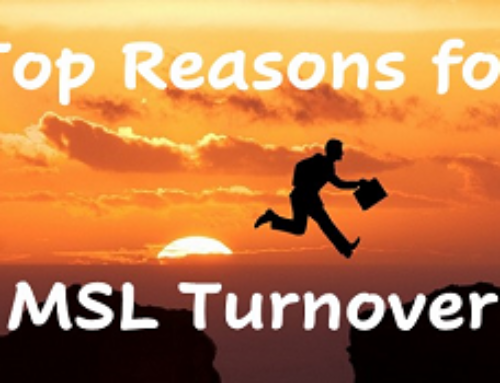A new hybrid KOL engagement model is taking hold. Although the effects of the pandemic are still being felt to various degree of magnitude throughout the world, there is a sense of normalcy looming on the horizon. Now that the rate of full vaccination is gradually rising and protection restrictions are dropping, Medical Science Liaisons feel confident that they will return to a somewhat normal operating (pre-pandemic) role within the next year.
A recent poll indicates that in the past year, close to one fifth of medical field teams have experienced reductions in the number of deployed team members. Figure A (FA) below shows almost half of survey participants underwent no changes at all while a little more than a third reported their team actually expanded during that time! This is still very good news for Medical Affairs field teams. Past research shows that in a normal situation, teams will experience 7 to 15% contraction due to various reasons. So the net impact, in a worse case scenario, translates to a 5% hit on MSL teams. This shows that life science organizations were able to maintain, for the most part, the integrality of the medical field teams.
During the pandemic, MSLs were mostly conducting their work while homebound, like everyone else in the world, which made their engagement role quite difficult. Another poll of 250+ Medical Science Liaisons revealed that the pandemic gravely suppressed their ability to reach and engage with Thought Leaders.
Figure B (FB) shows the result of that poll, asking participants to rate the level of difficulty to engage KOLs during the pandemic. Just under 20% of respondents indicated that the distancing restrictions did not impact their work, while a majority of near 70% signaled that it was more difficult to maintain engagement activities with thought leaders. Surprisingly, a little more than 10% mentioned it was easier! These participants pointed to the fact that their activities were mostly centered on maintaining existing relationships (among other responsibilities) rather than trying to develop new ones and that most KOLs, in their case, welcomed virtual engagements fairly easily.
In another survey, more than half the 300+ participants indicated that the return will not be same. With still a lot of uncertainty and surges popping up in various regions, there is no real definitive end in sight to a total return to normal. Therefore, pharma organizations are working hard to adjust employees’ work environment as restriction rules change and COVID-19 containment evolves. Fortunately, we see many returning to their office – perhaps to dust off their desk! – and life as we knew it gradually resumes.
But for MSLs, being back in their previous role will require some changes. The graphic FC below shows that less than a fifth of the poll respondents were fairly certain of returning to their fully functional role within the next three (3) months, while about the same percentages of participants expect to be back in 4 to 6 months and in more than 6 months.
The reality is that the pandemic has drastically – and permanently – changed the way we live, personally and professionally. We are more aware of the damages a virus can cause and became extremely conscious of everyday behaviors that can expose us to these risks. There is now enormous pressure to rethink roles requiring extensive travel and personal interactions. The pandemic forced these roles to use virtual approaches on a more systemic basis than before. Research showed that Medical Science Liaisons rarely used virtual modes of interactions prior to the pandemic, opting mostly for face-to-face interactions, a favorite for both MSLs and KOLs.
But the pandemic taught both Medical Science Liaisons and Thought Leaders that virtual relationships can be maintained. The pandemic forced a little used process that we all are now extensively accustomed to use. And as virtual meetings temporarily replaced traditional face-to-face interactions over the past year, it seems a good proportion of these exchanges will shift permanently to virtual modes. Figure D (FD) shows what portion of existing KOL relationships are expected by MSLs to shift from face-to-face to virtual mode.
Poll participants were asked what portion of their usual Thought Leader face-to-face interactions would now remain virtual, after experiencing this mode of interaction throughout the past year. Almost 5% of respondents say none of their interaction would remain virtual, meaning that they would continue operating as usual, mixing email, phone and face-to-face exchanges. Thirty percent of the 307 participants expect less than a quarter of their previous face-to-face interactions with Thought Leaders to permanently shift to virtual, while 45% of respondent indicated one quarter to one half of their previous face-to-face activities will shift virtual. Close to 20% expect more than half their thought leader facing interactions to shift to virtual.
Our research shows that the activities of meeting with KOLs, delivering scientific presentations and travel consist of approximately 50% of a MSL’s time. In addition, MSLs maintain between 25 and 50 KOL relationships. So, when translating the percentages in figure D to how it impacts typical MSL activities, it is important to consider that travel will be greatly reduced for MSLs who are shifting a significant number of face-to-face interactions to virtual, in addition to establishing a more stable schedule – virtual calls eliminate a lot of the delays that come with live meetings.
This new hybrid KOL engagement model impacts the Medical Affairs function as a whole and creates a tremendous opportunity for MSLs, managers and organizations to revamp the role. Shifting a portion of previously time-consuming face-to-face interactions generates time efficiencies and savings that can be used to tackle other activities or simply increase the number of relationships each MSL maintains.
The Medical Science Liaison role as we knew it is now in a phase of transformation, with a main shift to a new hybrid KOL engagement model. The pandemic has changed the MSL-KOL dynamic and organizations will need to adjust moving forward. The larger challenge remaining is the development of new Thought Leader relationships. With many “live” venues such as conferences, symposiums, and medical meetings still not fully back, organizations, MSLs and KOL development roles will have to get creative to source out a flow a new relationships.
Do you know how your KOLs will prefer to work? Would you like to know how the last year’s challenges transformed how they will operate going forward?
The best way to know is to ask. Survey your Thought Leaders to enhance your Medical Affairs program’s excellence objectives.
Download our brochure HERE to learn more about how we can help or simply call us to schedule a time to discuss ins-and-outs of KOL surveys!
